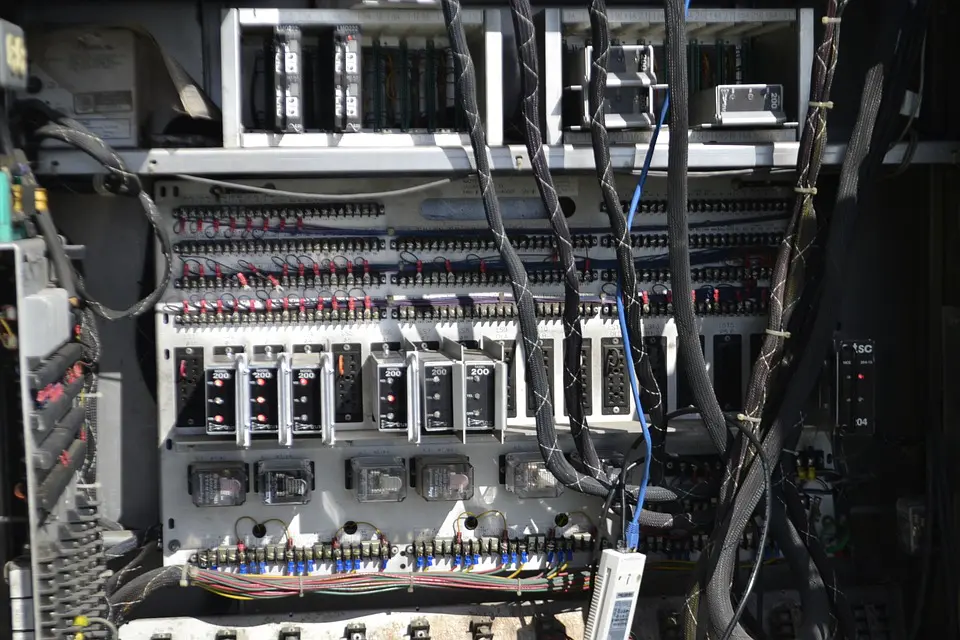Electronic devices, electrical devices—same thing, right? The correct answer is no, but you’re not alone if you use the terms interchangeably. Many people mix them up, even though they refer to two distinct things.

(Pixabay / ArtisticOperations)
Both devices use electrical energy for doing work. But beyond that similarity, there are some important differences. Here’s a closer look at the two types of devices.
Electrical device
An electrical device uses metals such as copper and aluminum to conduct electrical current. The operating principle in an electrical device is the conversion of electrical energy into other forms of energy. It uses an alternating current and a high voltage of electricity.
An electrical device consumes a lot of electrical power as it performs its designated tasks. In terms of safety, an electrical device is more dangerous than an electronic one because it is prone to short-circuiting and can cause electrical shock.
Electrical devices are generally used to perform mechanical tasks. Examples of these devices include an electric heater that converts electricity into heat or an electric lamp that turns electric current into light.
Electronic device
An electronic device does much more than a simple electrical device. Instead of just turning electrical current into light, heat, or movement, electronic devices manipulate the current so that it can perform more complex tasks. So we’re not just dealing with creating energy here—we’re actually using electrical current to impart information.
An electronic device uses semiconductor materials such as silicon or germanium, whereas electrical devices simply rely on copper and aluminum wires. Electronic devices can manipulate the flow of electrons for assessing and relaying data. So if we go back to the example of a space heater, a simple heater designed to convert electricity into heat is an electrical device. But if you start adding features such as a panel for revealing temperature output or adjusting that temperature, you’ve moved into the realm of electronics.
Electronic devices work with lower voltage and use direct current (as opposed to alternating current), and they tend to respond slower than electrical devices. They also require less space because you can put many electrical components on a single chip.
Examples of electronic devices include a transistor, microprocessor, diode, amplifier, etc.
Both of these types of devices could be lumped under the umbrella term “electrical device” in the broad sense, but “electronic device” is a subset. Both electrical and electronic devices depend on the flow of electrons for performing a specific task or operation. Both devices use a transformer to transmit electric voltages.
The advancement of technology has made the distinction between an electrical device and electronic device somewhat blurry, but now you know a little more about where one begins and the other ends.
